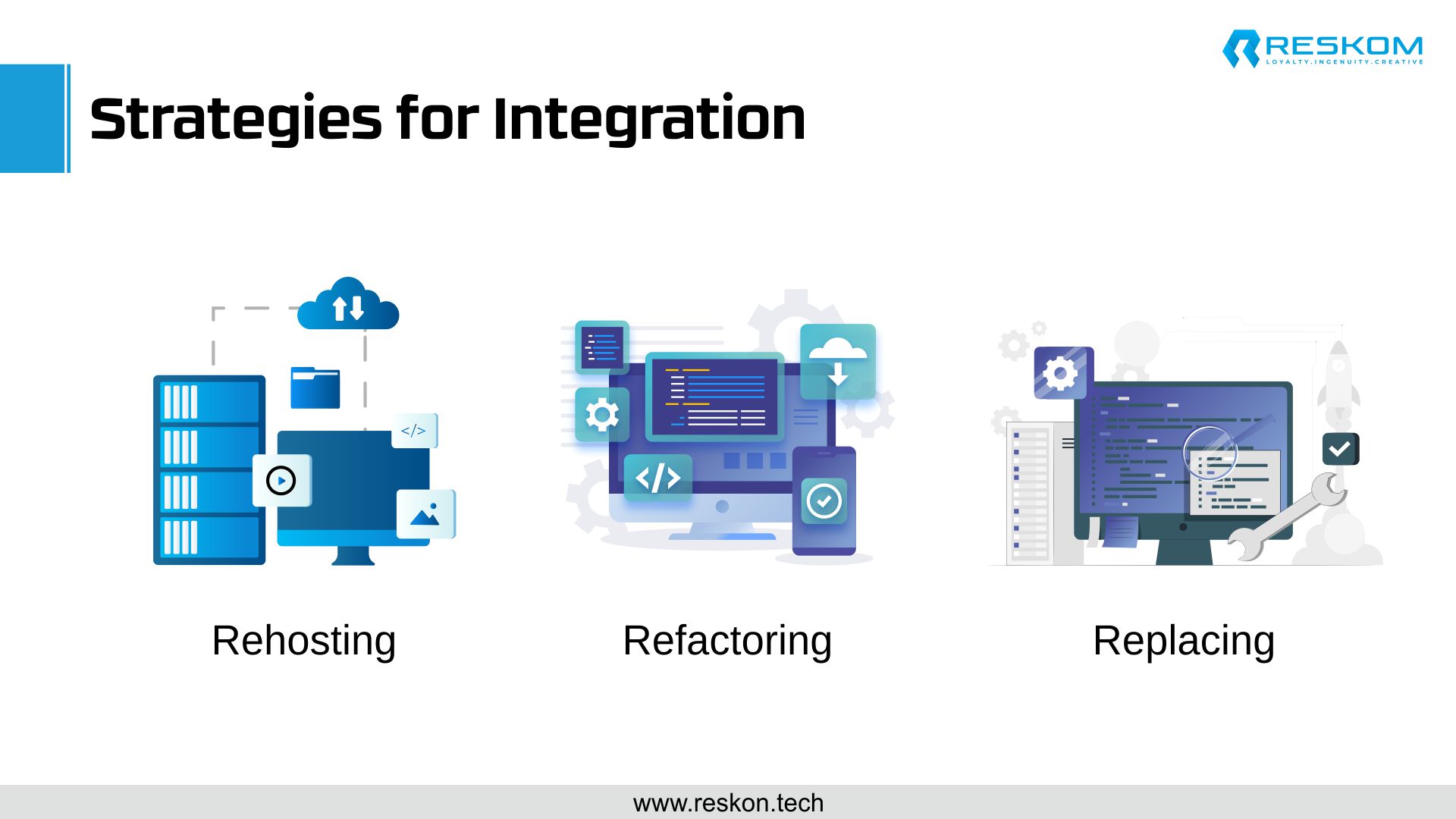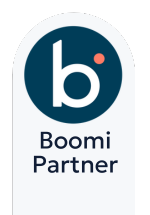The integration of legacy systems and applications into a cloud environment stands as a pivotal milestone for system architects and organizations at large. This comprehensive exploration will delve into the multifaceted aspects of this integration journey, providing insights into the benefits, challenges, strategies, tools, and best practices that collectively shape the path toward a seamless and efficient transition.

Benefits of Integration
The integration of legacy systems into a cloud environment unfolds a spectrum of advantages, fundamentally transforming how organizations operate and innovate. Improved scalability and performance are foundational benefits, enabling businesses to effectively handle increased workloads and dynamic demands. The cloud’s elastic resources and capabilities empower organizations to scale effortlessly, ensuring a responsive and agile infrastructure.
A notable advantage is the reduction in costs and maintenance. The pay-as-you-go pricing model of the cloud replaces the need for extensive on-premise infrastructure, resulting in cost savings and resource optimization. Enhanced security and compliance become inherent attributes of the cloud integration process, leveraging advanced features to protect legacy systems from cyberattacks and data breaches.
Furthermore, the integration journey fosters increased innovation and agility. By leveraging the cloud’s features, organizations can explore new functionalities and features, driving continuous improvement in user experience and staying ahead in the competitive technological landscape.
Challenges of Integration
Despite the enticing benefits, the integration of legacy systems into a cloud environment is not a simple or straightforward task. System architects must navigate through a myriad of challenges and potential risks that may arise during the integration process.
Compatibility and interoperability issues are significant hurdles. Legacy systems may not seamlessly align with the architecture and protocols of the cloud, necessitating careful consideration and adaptation. Data loss and corruption pose additional risks, especially when dealing with large volumes of sensitive data during the migration process.
Performance degradation and downtime risks are inherent challenges, as legacy systems may struggle to adapt to the latency and variability of the cloud environment. Security and compliance concerns are paramount, as legacy systems must meet the stringent requirements of the cloud environment to ensure a secure and compliant operation.
Addressing these challenges requires a strategic and meticulous approach to safeguard the success of the integration process.
Strategies for Integration
System architects faced with the challenges of integrating legacy systems into a cloud environment must adopt suitable strategies and methods. Three primary strategies – Rehosting, Refactoring, and Replacing – offer distinct approaches with varying levels of complexity and resource requirements.
1. Rehosting
It is the simplest and fastest strategy, involving the migration of legacy systems to the cloud without any modifications. While this approach ensures a swift transition, it may not fully leverage the advanced features of the cloud and may not be the most cost-effective solution in the long run.
2. Refactoring
It is a more intricate and time-consuming strategy, requiring the modification or rewriting of legacy systems to make them compatible with the cloud. This approach enhances performance and efficiency but demands substantial resources and expertise.
3. Replacing
It the most radical strategy, involves replacing legacy systems with new ones specifically designed for the cloud. This approach eliminates compatibility issues but comes with the challenge of data migration and potential functionality adjustments.
The choice of strategy depends on the goals, resources, and long-term vision of the organization, with each approach carrying its set of trade-offs.
Tools for Integration
Equipping system architects with the right tools and technologies is important in navigating the complexities of integrating legacy systems into a cloud environment. Cloud migration tools play a crucial role in planning, executing, and monitoring migrations or integrations.
Cloud integration platforms provide the means to connect, synchronize, and orchestrate data and processes between legacy systems and the cloud environment. Key players in this space include Boomi.
Cloud-native technologies, such as containers, microservices, serverless, and DevOps, offer a modern approach to designing, developing, and deploying new or modified legacy systems optimized for the cloud environment.
Best Practices for Integration
To ensure a successful and smooth integration of legacy systems into a cloud environment, system architects must adhere to best practices and guidelines. A comprehensive assessment of the current state, functionality, performance, and data of legacy systems is foundational. Identifying dependencies, requirements, and constraints is essential to inform subsequent decisions.
Choosing the right strategy and tool based on organizational goals, needs, and resources is critical for a successful integration. Rigorous testing and validation of the integration process must be conducted to ensure that legacy systems work as expected, meeting quality, security, and compliance standards.
Continuous monitoring and optimization are paramount for addressing any issues or challenges that may arise during the integration process. Leveraging the cloud’s capabilities to the fullest extent requires an ongoing commitment to improvement and adaptation.
Conclusion
The integration of legacy systems into a cloud environment represents a transformative journey laden with opportunities and challenges. The benefits of improved scalability, reduced costs, enhanced security, and increased innovation are compelling motivators for organizations seeking to stay at the forefront of digital transformation.
However, the journey is not without its complexities. Compatibility issues, data loss risks, and security concerns require careful consideration and strategic planning. The choice of integration strategy, the selection of appropriate tools, and adherence to best practices collectively pave the way for a successful integration.
Mastering cloud integration is not just a necessity; it is the key to unlocking the full potential of digital transformation. Navigating this landscape with a strategic and informed approach will empower organizations to harness the benefits of the cloud and propel themselves into a future defined by agility, innovation, and seamless connectivity.
RESKOM facilitates seamless integration of legacy systems into the cloud, leveraging cutting-edge tools and expertise to optimize performance, reduce costs, and enhance security, ensuring a smooth transition.


